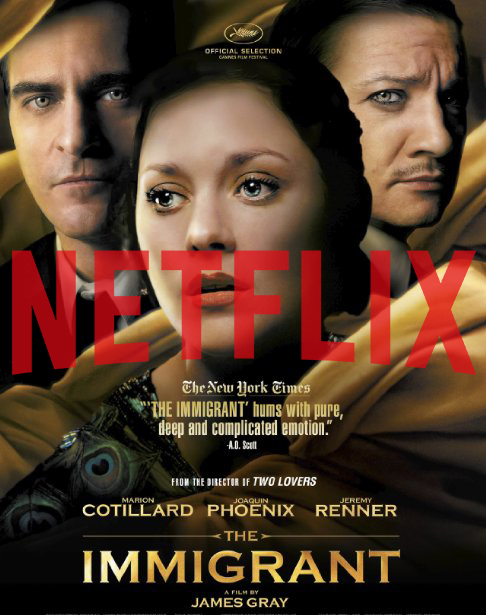The term “Christian film” generally comes with negative associations. Non-Christians view it with either amusement or disdain, and this view is not different for many Christians. The term calls to mind overly earnest and manipulative movies that always lack a deft hand or an artistic touch. The trouble is there are many beautiful, meaningful films out there that would fall into the category of Christian film if we only broadened the definition.
For example, take 2014’s “The Immigrant.”
An Americana Setting
It is first and foremost a historical drama, inspired in part by director James Gray’s own family history. It is set in and around perhaps the most American piece of Americana — Ellis Island. In 1921, Ewa, played by Marion Cotillard, a polish Catholic, arrives in New York City, welcomed by the Statue of Liberty, only to be quickly separated from her sick sister who ends up quarantined on the island.
It is after this that Ewa meets Bruno, played by Joaquin Phoenix, who offers her work as a seamstress for the club he manages. In need of money for her sister and with nowhere else to go, Ewa agrees to work for Bruno. But she very quickly learns that she can make more money as a dancer, dressing up as Lady Liberty herself, and even more can be made on the side as a prostitute.
Hope and Hopelessness
The film is less bleak than its premise suggests, but it is indeed bleak. The color palette is a mix of gold, or perhaps the now-faded bronze of the Statue of Liberty, and muted grays and browns — a simple metaphor for the promises and realities of America. There are moments of humor and even the fantastic, in the form of Orlando the Magician played by Jeremy Renner, but “The Immigrant” is nonetheless a film marked by a sense of resignation and despair.
What keeps it from becoming truly hopeless, however, is Ewa’s faith. For much of the film, there are only passing references to her Catholicism, but as it continues, the guilt over her need to sin in order to survive becomes one of the defining aspects of her character.
An Excellent Representation
Through this, “The Immigrant” creates one of the best portrayals of a suffering believer ever to grace the screen. It does not offer an explanation for all suffering, but rather shows how one person comes to understand why God allows them to suffer. Ewa is a wonderful representation of Christ’s love and grace and with her character, “The Immigrant,” tells us a story of redemption that is genuine, not forced.
What Could Be
Though its message is not evangelical, “The Immigrant” is a great example of what Christian film could be. While Christian filmmakers should strive to depict faith so simply and beautifully, films need not be made by Christians in order to be celebrated by them. Throughout history, many beautiful works of Christian art have been made by agnostics. “The Gospel According to St. Matthew,” cinema’s most reverent and beautiful depiction of Christ, was made by an atheist, Pier Paolo Pasolini.
If we celebrate films like “The Immigrant,” both for their artistry and their meaning, we might just see the perception of Christian film begin to change. And with it, individual perceptions of Christianity might begin to change as well.







